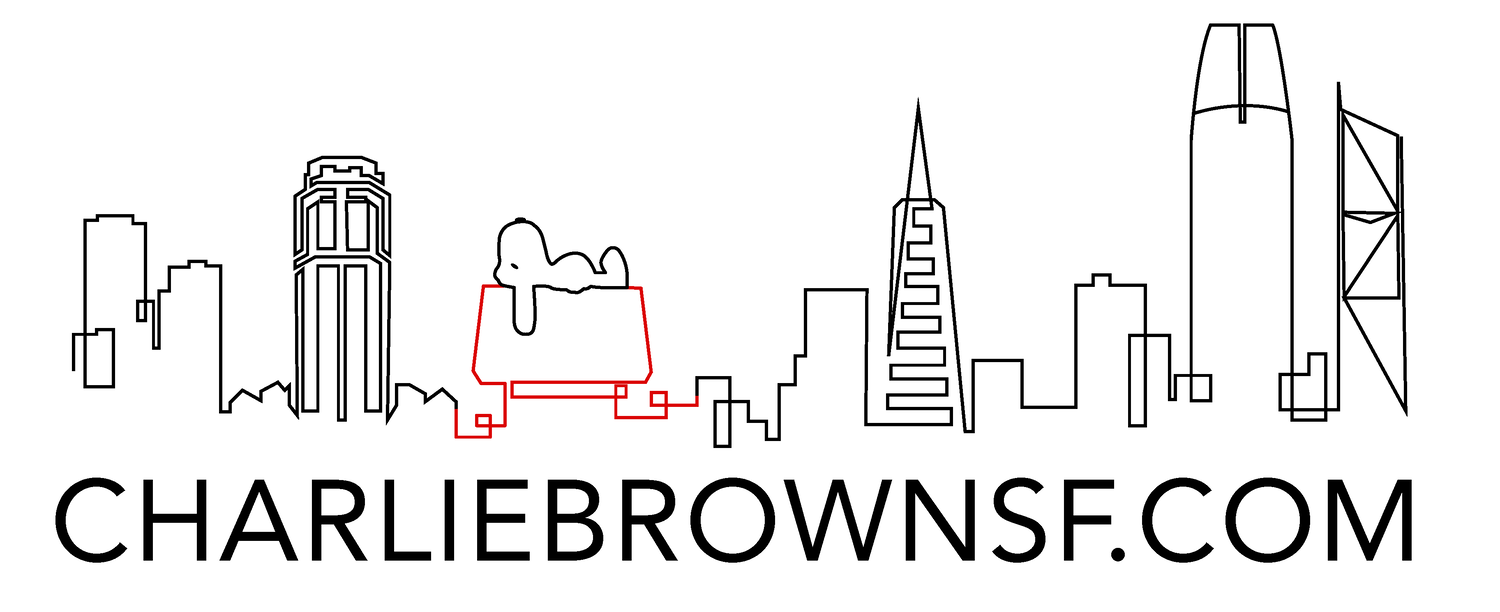Mortgage Forbearance: A Valuable Option for San Francisco Homeowners Facing Financial Struggles
Financial challenges can happen to anyone. Whether it's unexpected job loss, mounting bills, or unforeseen events, the stress of managing your mortgage payments can feel overwhelming. Fortunately, mortgage forbearance is still available and can provide relief for homeowners in San Francisco navigating short-term financial setbacks.
What Is Mortgage Forbearance?
Mortgage forbearance allows borrowers to temporarily pause or reduce their mortgage payments during a financial crisis. According to Bankrate:
“Mortgage forbearance is an option that allows borrowers to pause or lower their mortgage payments while dealing with a short-term crisis, such as a job loss, illness or other financial setback . . . When you can’t afford to pay your mortgage, forbearance gives you a chance to sort out your finances and get back on track.”
While many associate forbearance with the COVID-19 pandemic, it remains a viable tool today for homeowners facing unexpected challenges. Forbearance can help prevent delinquency or foreclosure, providing breathing room to assess your situation and develop a plan.
Mortgage Forbearance in 2025: What’s Happening Now?
Recent data from the Mortgage Bankers Association (MBA) indicates a slight increase in the national forbearance rate over the past few months. While this may seem concerning, much of the increase is tied to natural disasters and regional financial stressors—not broad economic instability.
In San Francisco, where housing prices remain among the highest in the nation, short-term financial disruptions can create significant pressure for homeowners. Forbearance can act as a critical lifeline, especially for those managing luxury home mortgages or investment properties.
Even with the recent uptick, the percentage of homeowners in forbearance remains far below pandemic-era levels. This reflects the strength of the broader real estate market and the significant equity many San Francisco homeowners have built in recent years.
Why Does Forbearance Matter for San Francisco Homeowners?
Forbearance offers homeowners the chance to avoid missed payments, damage to their credit, and the risk of foreclosure. Here’s why it’s relevant in San Francisco:
Equity Preservation: Many homeowners in San Francisco have significant equity due to rising home values. Forbearance can provide a buffer to protect that equity while addressing financial setbacks.
Investment Protection: If you own investment properties, forbearance can help you stabilize your finances without putting your assets at risk.
Community Stability: San Francisco’s neighborhoods thrive when homeowners can navigate financial challenges without losing their homes, contributing to a more stable real estate market.
If you’re experiencing financial difficulties, the first step is to contact your lender. Forbearance isn’t automatic; you’ll need to apply and work out terms that align with your situation. Most lenders are prepared to guide you through the process and provide customized solutions.
What to Keep in Mind
While forbearance can provide temporary relief, it’s important to remember:
Forbearance doesn’t erase your payments; it simply delays them.
You’ll need to work with your lender to determine how deferred payments will be managed (e.g., repayment plans or loan modifications).
It’s a short-term solution, so planning your next steps is essential.
Bottomline
Mortgage forbearance is a powerful tool to help you weather financial storms without risking your home or investment properties. For San Francisco residents, where the stakes are often higher due to premium property values, understanding this option is essential.
If you’re facing financial challenges, don’t wait. Reach out to your lender to explore your options and keep your real estate investments on track. With the right approach, you can protect your assets and position yourself for long-term financial stability.
For more insights on real estate investment, market trends, and managing your property in San Francisco, visit CharlieBrownSF.com. Let’s work together to make smart, strategic decisions for your future.



